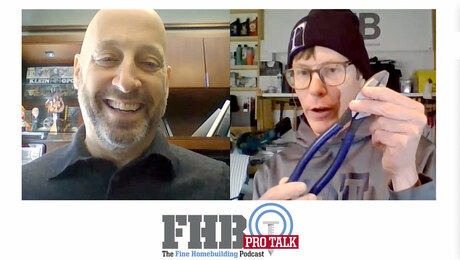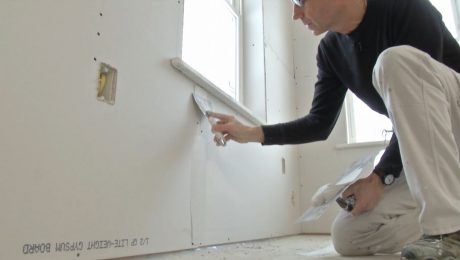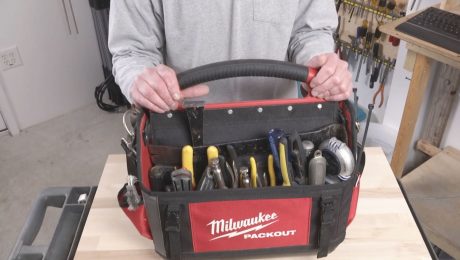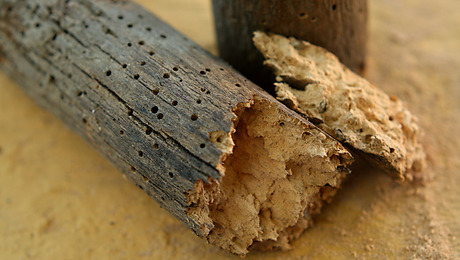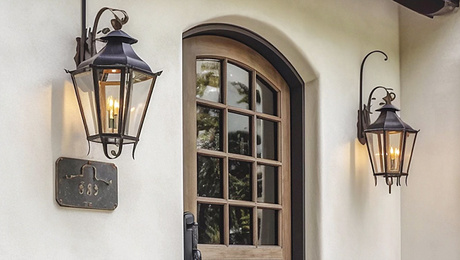Cutting and Soldering Copper Pipe
Clean the fittings carefully and heat them completely to get neat, leak-free joints.

Synopsis: A veteran plumber demonstrates proper techniques for cutting and soldering copper pipe, with a sidebar on torches, solder, and other materials that make the job easier. If your soldered connections sometimes leak, here’s a place to start.
One evening a few years back, I had an emergency call to repair a leak in the copper service pipe buried beneath the front lawn of a nearby building. The problem had occurred at a copper tee where the supply pipe for an outdoor faucet (hose bib) branched out vertically. I shut off the water-meter valve, but upstream, on the other side of the leak, the building’s main shutoff was defective and would not close completely. With the leak at such a low elevation, the system could not be drained thoroughly. The leaky fitting had been installed within the past year, so I decided to try soldering a new riser into the existing tee. The residual water in the line meant that I had to use a special torch that would generate enough target heat to melt the solder in the joint despite the water.
As I worked hunched over my hole in the lawn, the trickle of water in the heated pipe was converted to steam and vented in a jet out the top of the pipe. Suddenly, someone in the house opened a faucet that allowed cold water to surge back into the pipe I was soldering. When the cold water hit the heated fitting, it boiled instantly, sending a cascade of scalding water out of the pipe and over my back. The resulting burns took months to heal.
Although this case was more painful than usual, soldering pipes is as big a part of everyday plumbing as sawing wood in carpentry, and you do have to be careful. The process of soldering copper pipe basically involves polishing and applying flux to both the pipe and the fitting before putting them together. Flux helps solder form a strong bond with copper pipe. After the pipe is heated, solder is melted into the joint, where it hardens and forms a seal. The process is also known as sweating because when the copper pipe gets hot enough for the solder to flow, tiny droplets resembling beads of sweat appear on the pipe and fitting. A scientist told me that the droplets are actually hydrochloric acid from flux.
Copper pipe is not necessarily round
Even though copper tubing is sold as rigid, copper is a fairly soft metal and is susceptible to damage during handling. I always trim about 1/2 in. off the factory end of the pipe to get rid of any defects and to let the rollers of the tubing cutter reshape the pipe if it is out of round.
I mark the length on the pipe lightly with a mini-hacksaw. Hacksaw marks won’t rub off and are easier to see than pencil lines. Next I place the tubing cutter on the pipe and tighten the screw handle until the cutting wheel comes to rest on the cutting mark. I then give the screw another half-turn and rotate the cutter around the pipe a full 360° twice with the cutting wheel trailing the rollers. Once I’m sure that the cutting wheel is staying in its initial groove, I continue the cut, tightening the handle another half-turn for every two complete revolutions of the cutter.
For more photos and details, click the View PDF button below:









